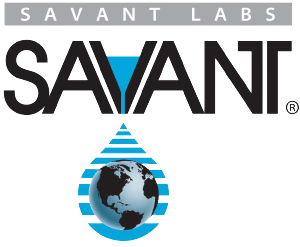"Thermal History of the Engine Oil and Its Effects on Low-Temperature Pumpability and Gelation Formation"
Presented at SAE International Fuels and Lubricants Meeting and Exposition - 2008
2008
Written by T.W. Selby, Savant Inc., Gregory C. Miiller, Tannas Co.,
-- SAE International Fuels and Lubricants Meeting and Exposition - 2008; SAE Paper #2008-01-2481
Abstract: Low-temperature engine oil pumpability has been a concern for OEMs, engine oil formulators, and additive manufacturers for a number of years particularly since a significant number of air-binding failures in 1980 and '81. On careful investigation of the cause of such field failures, it was found that oil sensitivity to a particular combination of weather conditions was responsible. The experience also suggested that many other low temperature weather conditions might produce engine damaging gelation. Thus, it seemed desirable to develop a bench test that would induce and measure gelation that might form in engine oil by continuously measuring slowly cooling oil over an extensive low temperature range. This led to the development of the Scanning Brookfield Technique (SBT) first reported in 1982. With the rapidly growing use of more highly paraffinic, but gelation-prone base oils as well as vegetable oils and fuels, the effects of these components of modern engine oils on oil gelation temperatures and severity are of interest. To effectively address this area of interest, this paper presents the background of the Scanning Brookfield Technique, its basis of developing measures of gelation phenomena called the Gelation Index and Gelation Index Temperature, and initial studies of the factors affecting the formation and growth of the gelation structure.




